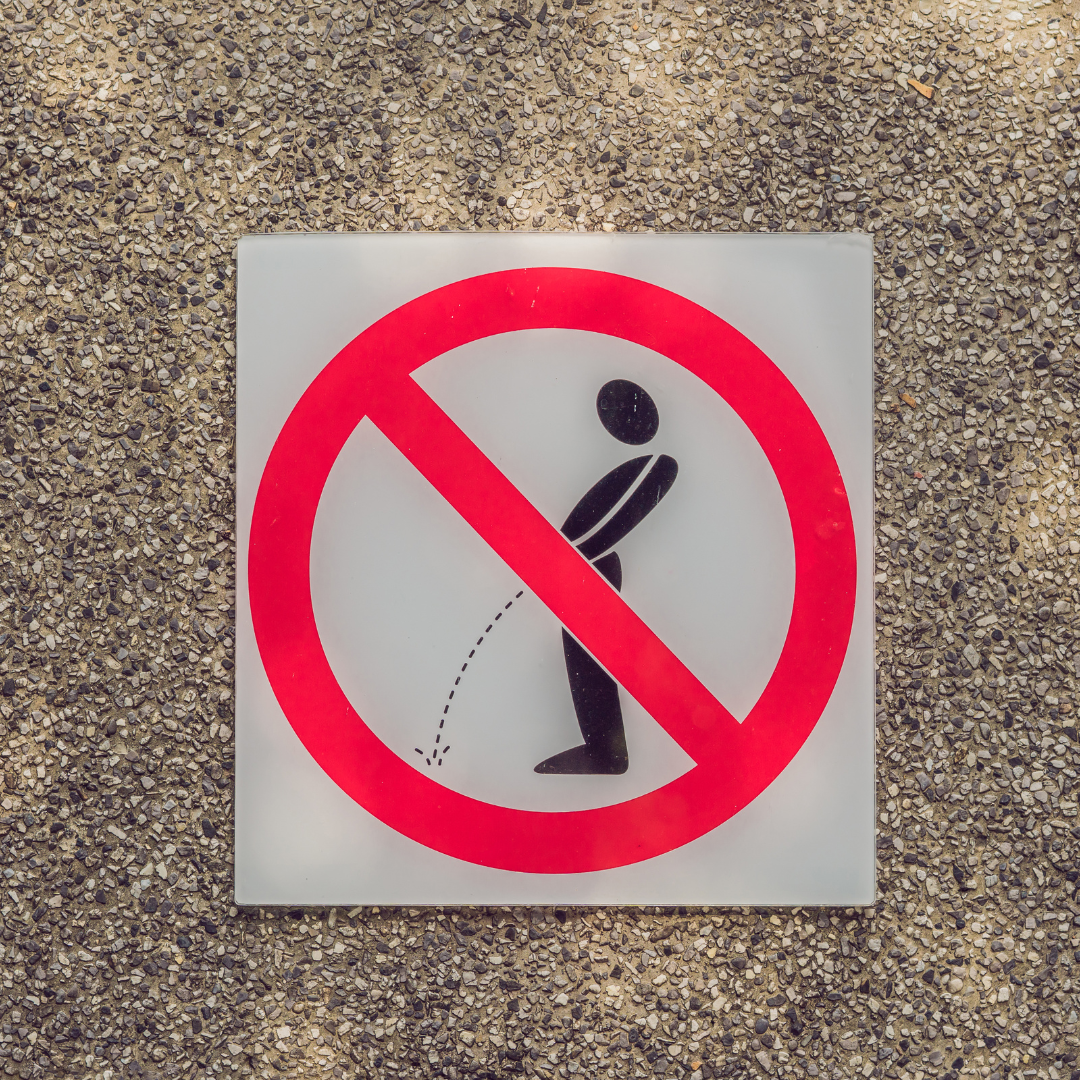If you’ve ever had an ultrasound, you might recall your healthcare provider asking you to drink more water and keep your bladder full. But is it really that important?
You may also know that some ultrasound tests require you to fast beforehand. Before we dive deeper, let’s take a look at the types of ultrasound tests commonly offered by medical providers.
Types of Ultrasound Tests
Here are some general ultrasound tests anyone can take to assess their health:
- Abdominal Ultrasound
Examines organs like the liver, gallbladder, kidneys, spleen, pancreas, and bladder. - Pelvic Ultrasound
Checks the reproductive organs (uterus, ovaries, prostate) and the bladder. - Thyroid Ultrasound
Evaluates lumps, nodules, or enlargement in the thyroid gland. - Breast Ultrasound
Helps detect breast lumps or abnormalities found during a physical exam or mammogram. - Carotid Ultrasound
Detects narrowing or blockages in the carotid arteries in the neck.
Which Ultrasound Test Requires a Full Bladder?
A full bladder means you've consumed enough water that you may feel the urge to urinate.
Answer: Pelvic Ultrasound!
Why Is a Full Bladder Important for a Pelvic Ultrasound?
There are a few key reasons why your bladder should be full during a pelvic ultrasound:
✅ The fluid in the bladder acts as a window, enhancing the visualization of pelvic organs.
✅ It allows the sonographer to measure bladder volume accurately.
✅ A full bladder helps ensure clearer and more accurate ultrasound images.
✅ If the bladder isn’t full, the sonographer may need to press harder on your abdomen, which can be uncomfortable for the patient.
Full Bladder vs. Non-Full Bladder (Ultrasound View)
Here is a visual comparison showing the difference between a full and an empty bladder during an ultrasound

Top image (Full bladder - transverse view)
There is a large, anechoic (black) rounded structure with smooth and thin walls.
A distended bladder provides good view acoustic window, displacing intestinal gas and enabling clearer visualization of pelvic organ like uterus and ovaries
Bottom image (Empty Bladder)
The bladder appears small, collapsed with thicker walls and surrounding tissue potentially interfering with the clarity.
The empty bladder offers a poor acoustic window and ultrasound waves must penetrate gas-filled intestines, leading to less reliable results.


